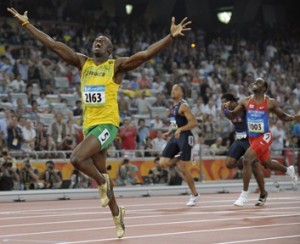
Early in my career I was fortunate enough to work with some very good change experts who introduced me to some very useful ideas which have proven to be very enduring.
One perspective was to understand ‘what good looks like’. Although essentially straightforward, this is not about the obvious. In the world of work, what ‘good looks like’ is about how ‘good’ actually works. Good is good because it is effective (not because it is trendy or fits current norms).
Look beyond the outward signs of ‘good practice’ (i.e. methods) and seek the inward signs: symptoms versus causes, stability and control versus instability and chaos, integrity versus game playing and politicking.
The best change leaders engage people’s attitudes and mindsets before discussing methods; they are able to engage with feelings and emotions. Human beings are emotional entities and, to put it bluntly, we don’t behave rationally. This happens because we process logic through the intricate filters of emotion and experience. If we ignore emotions of working people, we are unlikely to get their support. Charles Jacobs (2009) suggests that we engage people with the story of change, not merely the logical argument. Why? “Because people are more likely to change when the motivation comes from within, and when we ask rather than tell” (Jacobs 2009).
We need to emotionally own and engage with the change on our own account. As Coppin and Barret (2002) put it, “whether we believe we can or we can’t, we’re right” – we need people who choose to make change happen. They remind us of the words of George Bernard Shaw:
“People who get on in this world are the people who get up and look for the circumstances they they want, and if they can’t find them, make them.”
Or to paraphrase Ghandi: “…be the change you want to see in the world.”
Read more here:
Coppin, A. and Barratt, J. (2002) Timeless Management, Palgrave MacMillan, NY
Jacobs, C.J. (2009) Management Rewired: Why Feedback Doesn’t Work and Other Surprising Lessons from the Latest Brain Science, Penguin Group Portfolio, NY

WHAT DOES ‘GOOD’ LOOK LIKE?